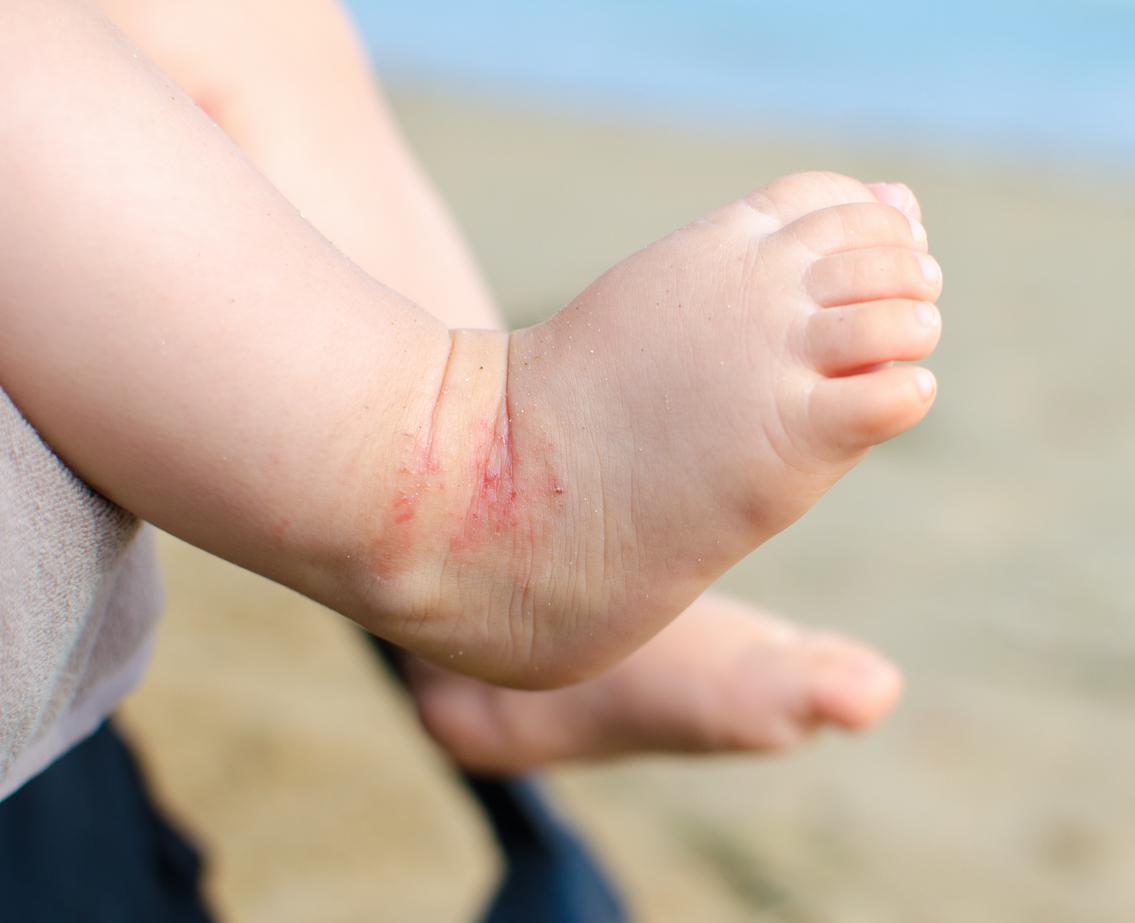A new molecule, denosumab, appears to be more effective than the standard treatment in preventing bone damage caused by corticosteroids when they are used over the long term.

Cortisonic osteoporosis is the most common of the complications of corticosteroid treatments lasting more than 3 months, and the most common of osteoporosis in young people. The risk of fragility fractures on corticosteroids is estimated at 5% per year if nothing is done to prevent them.
In a new study, a bone-specific monoclonal antibody, denosumab, which is an anti-osteoporotic anti-RANK, is equivalent to or even superior to the standard treatment, risedronate, which is an already old and not very potent bisphosphonate.
The study appeared in The Lancet Diabetes & Endocrinology.
Superiority of denosumab on bone density
At 12 months, denosumab, a 60 mg subcutaneous injection every 6 months, is superior to risedronate, one 5 mg tablet per day. Each group of patients took a placebo of the other treatment at the same time to make the comparison more reliable.
The bone mineral density in the lumbar spine, instead of decreasing with corticosteroid, increases by 4.4% with denosumab versus 2.3% with risedronate in people on chronic corticosteroid treatment.
In those who started corticosteroid treatment within 3 months, the same measures are 3.8% versus 0.8%, respectively. The differences are very significant (p <0.0001).
Denosumab versus risedronate in glucocorticoid-induced #osteoporosis: a multicentre, randomized, double-blind, active-controlled, double-dummy, non-inferiority study https://t.co/AQmKFkUg4B pic.twitter.com/ruBJ9Brkk6
– The Lancet Diabetes & Endocrinology (@TheLancetEndo) April 7, 2018
A 24-month controlled study
This is a study carried out in several centers in Europe (multicentric) which tested with good methodological guarantees (random draw and double blind) the interest of an anti-osteoporotic molecule, denosumab, which is an anti-RANK monoclonal antibody, that is to say that it specifically blocks the cells which are responsible for the resorption of bone (osteoclasts).
This study was carried out over 2 years in a large population of people at risk of osteoporosis and treated with corticosteroids at an equivalent dose of 7.5 mg per day of prednisone for more or less than 3 months.
The results presented are the 12-month bone densitometry measurements, which is strongly correlated with fragility bone fracture.
Cortisonic osteoporosis, a complex disease of the bone
Corticosteroids interfere with the functioning of bone cells and in particular cells that make bone, osteoblasts, whose lifespan is shortened.
This results in alterations of the bone, its cortex and internal tissue, and a decrease in the amount of bone, which makes it more fragile.
The various studies show an increased risk of fracture in people who take corticosteroids, even for low doses, in particular in the spine (multiplied by 2.6) with an increase in this risk from the first 6 months. processing.
The measurement of bone density by absorptiometry confirms the decrease in bone mass, but it should be noted that for the same value of bone density the risk of fracture is higher in cortisonic osteoporosis than during osteoporosis. osteoporosis after menopause.
What this changes for prevention
The prevention of the harmful effect of corticosteroids on the bone requires the lowest possible effective dose of this medication and the treatment of deficiencies in calcium, vitamin D and hormones.
After 50 years and in subjects at risk of osteoporosis (previous fractures or low bone densitometry), preventive treatment of cortisonic osteoporosis with bisphosphonates was recommended. Denosumab appears to do much better than risedronate and has the advantage of being very bone specific and perfectly reversible after 6 months, which is a benefit in young people. Nothing remains in the bone, unlike bisphosphonates.
We have to wait for the final results at 24 months to see if this improvement in bone density also translates into a decrease in the number of fractures, but there is little doubt.
It should be noted that the main deleterious effect of corticosteroids relates to the cells which make bone, the osteoblasts, and that we are therefore still awaiting specific treatment of the osteoblast to prevent cortisone osteoporosis.
In the meantime, teriparatide, which has an effect on both types of cells, can be used if there are already 2 vertebral fractures.

.

















